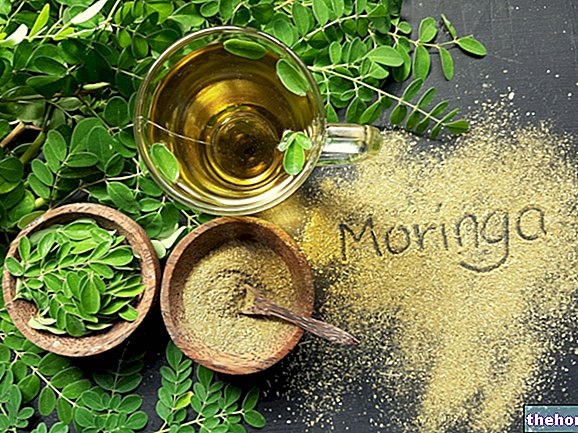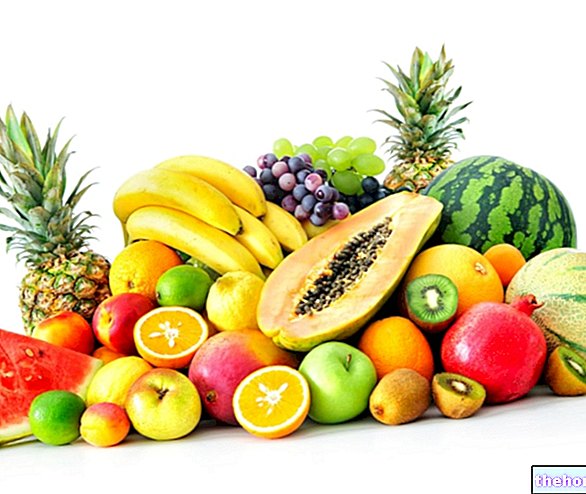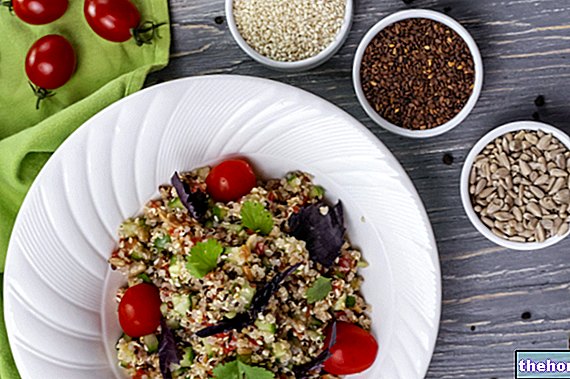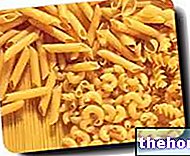Belonging to the Fabaceae botanical family, lentils fall into the IV fundamental group of foods - as well as: chickpeas, peas, beans, broad beans, soy, lupins, cicerchie. They provide proteins of medium biological value (more than cereals), starch, water-soluble vitamins, mineral salts and a lot of dietary fiber.
In the diet, red lentils play a decidedly positive role. Compared to refined cereals and their derivatives, such as white flour pasta, they allow to reduce the total caloric intake, moderating the intake of carbohydrates and increasing proteins, fibers and water, they decrease the speed of digestion to the advantage of satiety, enrich the meal with vitamins and minerals, nourish the intestinal bacterial flora and regulate the alvus and are considered ideal products in the diet against metabolic pathologies - especially dyslipidemia. Unlike other legumes, however, dried lentils are more digestible and cause less intestinal swelling.
Red lentils are readily available on the market in dehydrated form. To the advantage of other dried legumes, however, these do not require soaking and can be cooked directly, even if always with plenty of water. Among the best-known recipes based on red lentils we find: soups, minestrone and past or creams, dry pasta dishes based on semolina / egg pasta seasoned with lentils or - thanks to recent commercial proposals - based on lentil pasta , vegetarian meatballs and various ethnic formulas - especially Indian In the kitchens of the Indian subcontinent, where lentils are a staple food, the red ones are stewed until a thick mixture is obtained to accompany rice or rotis.
That of lentils is in fact a plant of Middle Eastern and Asian origin. About 40 cm tall, it has the typical appearance of herbaceous plants and produces seeds similar to "small lenses", closed inside the pods two at a time. It is an annual crop whose most of the world production comes from Canada, India and Turkey.
they are marginal, but unsaturated and therefore beneficial for the organism.
An excellent level of dietary fiber is appreciated in red lentils. The soluble ones, in particular, are higher in percentage compared to lentils with peel, even if the overall level of fibers is still lower.
Red lentils do not contain cholesterol, but phytosterols, substances with a hypocholesterolemic action. The content of lecithins and polyphenolic antioxidants is appreciable. They are also free of lactose, gluten and histamine. Phenylalanine is abundant, while purines appear on average.
Red lentils contain many vitamins, almost all of the water-soluble type of group B. In this case, the level of folate, thiamine (vit B1), pantothenic acid (vit B5) and pyridoxine (vit B6) is appreciated. The contribution of certain minerals is excellent, especially iron, phosphorus and zinc.
It should be remembered that legumes are naturally characterized by the presence of various anti-nutritional factors. These are concentrated mostly in the peel and are sensitive to cooking.
moderate); for this reason they also have an "application in nutritional slimming therapy. They are among the autumn foods with a low glycemic index recommended. We remind you that the calories supplied by dry red lentils, in practice, drop about 25%; this is because, when cooked, the seeds absorb water up to 3 times their weight. Furthermore, to those who take this parameter into consideration, we remind you that these legumes also have a low glycemic index, moderated by the presence of fibers and proteins, and insulin. All this makes them an ideal product in therapy diet against hyperglycemia or type 2 diabetes mellitus, and against hypertriglyceridemia.
The proteins of medium biological value contribute to the intake of essential amino acids, even if with one or two limiting amino acids, easily compensated by alternating them with cereals.
Fibers, especially soluble fibers, are natural prebiotics and modulators of absorption; in synergy with lecithins, phytosterols and antioxidant polyphenols, they hinder the absorption of fats, including cholesterol, a very useful function in the therapy against hypercholesterolemia. of lentils is recommended in case of constipation or constipation. They also determine a production of intestinal gas lower than that triggered by the presence of insoluble fibers.
They are suitable for the celiac diet, for lactose and histamine intolerance, but caution is advised in the therapy against hyperuricemia and gout, and for phenylketonuria.
Rich in minerals and B vitamins, they support various enzymatic functions essential to cellular processes.
. Unlike most legumes, even if dried, lentils do not require preliminary soaking.



























